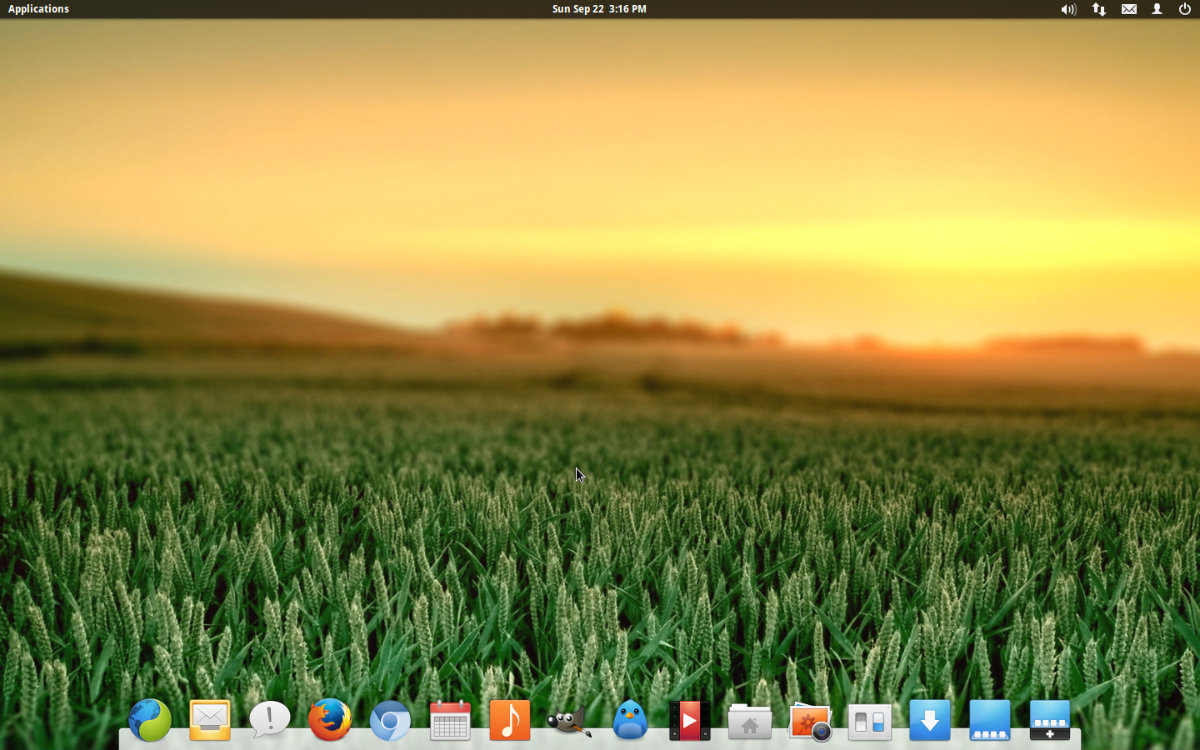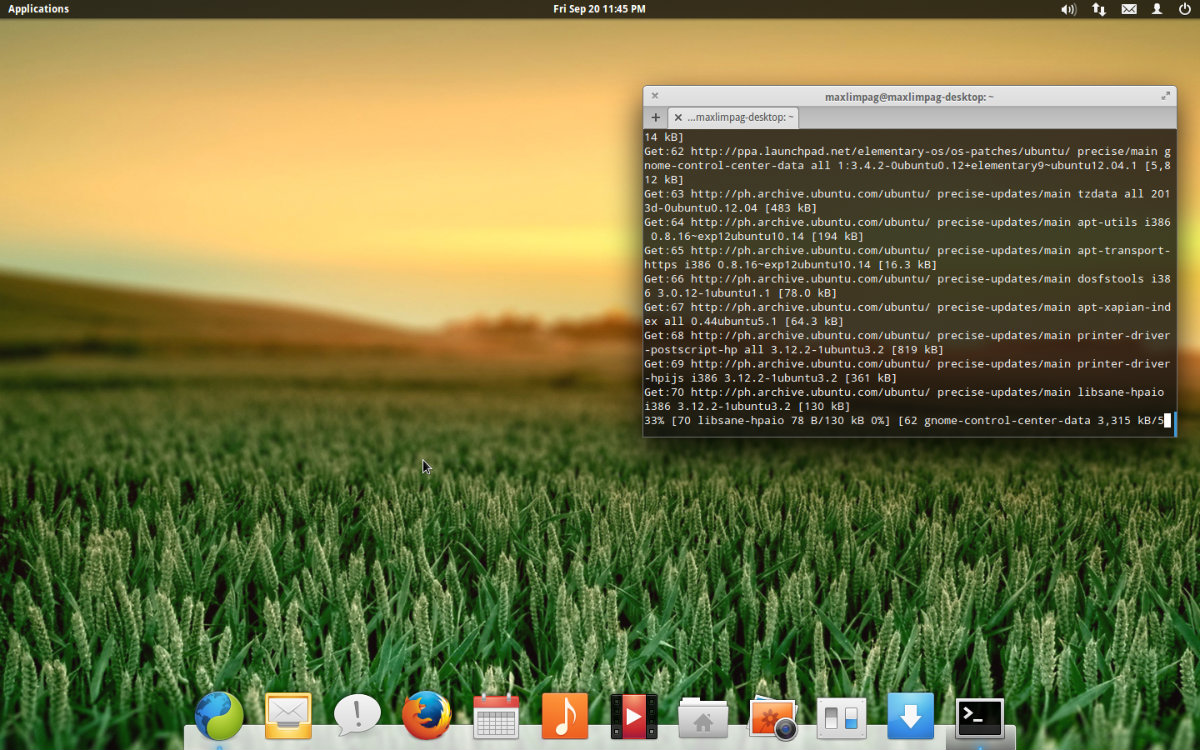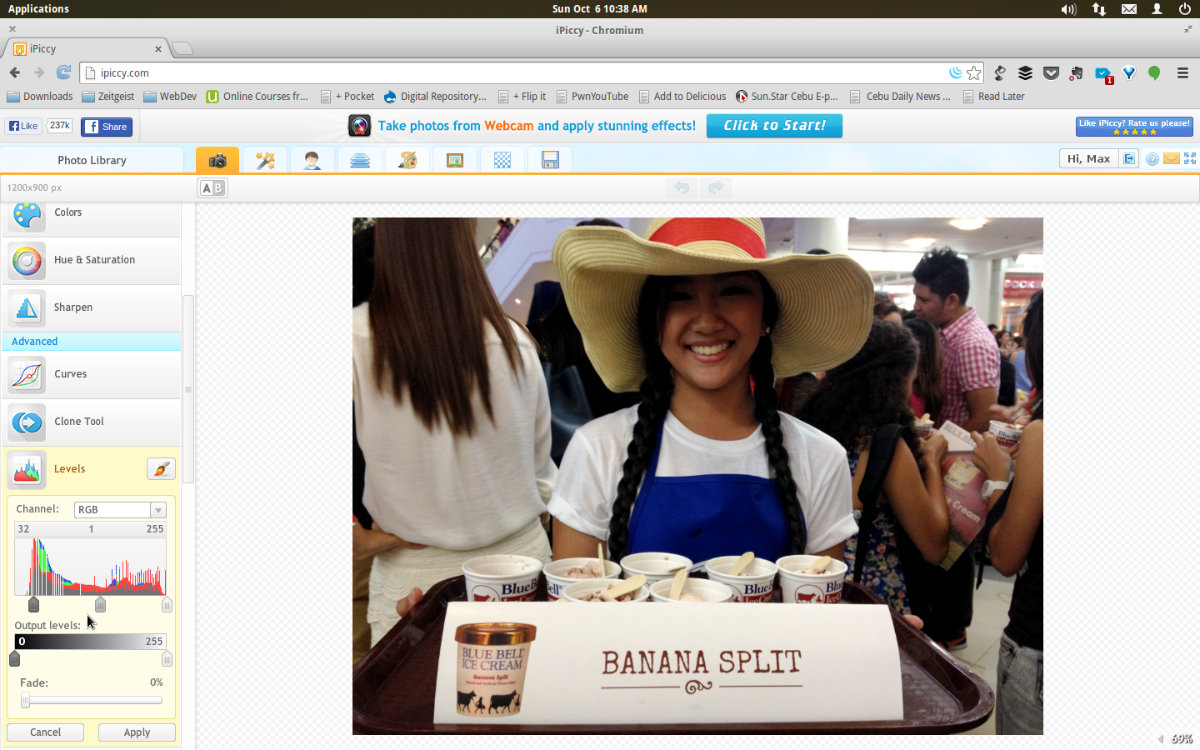IT used to be that you’d never find the words “Linux” and “easy to use” in the same sentence.
Linux, to the unfamiliar, is an operating system – the basic software that allows you to use your computer. It’s like Windows (although that comparison probably made a lot of its developers and users cringe).
The main difference between Linux and Windows is the way these are developed. Windows is a proprietary system built by a single company- Microsoft. Linux is built by a global community of users under an open source license – a framework that encourages sharing and collaboration.
Unlike Windows, Linux is free. By free, it not only means that you can use it at no cost, most open source programs are free. More importantly, you have certain “freedoms” with the software: you’re free to run it for any purpose, free to study how it works and change it, free to share it and free to improve it. Think of it as “free speech and not free beer,” advocates are wont to say.

The elementary OS desktop is one of the most beautiful and easy to use out-of-the-box Linux distributions.
To install Windows, you need to buy a CD and pay for a license. I checked with a local store and was told that a Windows 8 single-language license costs P3,850. A Windows 8 Pro costs P6,800. You pay this much and you can only install it on a single computer. The system bars you from installing it on another PC. The technical-savvy who are able to do so is committing an illegal act of software piracy.
Linux distributions
To use Linux, on the other hand, you just download it for free. A typical Linux installer is about 700mb and comes in an .iso format that you can burn on a CD or use with a USB drive. I personally prefer setting up a bootable USB using UNetbootin.
Unlike Windows, Linux has a lot of variants called distros or distributions. Among the popular distributions are Ubuntu, which is supported by the company Canonical; Fedora, the community edition backed by Red Hat; CentOS, Debian.
Ubuntu is the most popular distribution. And no wonder – the goal of its developers was to create an easy to use Linux distribution with a predictable release cycle of 6 months.
I’ve been using Ubuntu in my various work stations for years. I was, for a time, caught up in the 6-month release cycle and would immediately upgrade all my workstations to the latest Ubuntu version.
But when Ubuntu started using the Unity interface, I started looking for another distro that had the more traditional desktop interface. For a time, I used Linux Mint with the Cinnamon shell.

UPDATING PACKAGES. One of the first things you should do after installing a Linux distribution is to upgrade packages.
elementary OS release
But then I found elementary OS.
Elementary OS is based on Ubuntu and started out as a collection of themes for the distro before becoming its own distribution. The OS offers the best-looking out-of-the-box experience among the Linux distributions that I’ve tried.
It copies a lot of elements of the Mac OSX so any user of the Apple desktop or laptop will find the desktop interface familiar.
Elementary OS has a dock that allows you easy access to frequently-used programs. But it stands out in its implementation of Workspace switching, the that best I’ve tried across all OSes. This feature allows you to easily segregate your tasks among different Workspaces and toggle between them.
What’s different about elementary OS is that it uses only a single mouse click to do tasks that you needed to double click in Mac or Windows. It can be a bit unsettling to first time users.
Elementary OS also does not have desktop access in the traditional sense of having the ability to put things on your desktop with icons that serve as shortcuts to applications or files. The desktop’s function is to only display a beautiful wallpaper (albeit, you can access it using the file manager).

WHO NEEDS PHOTOSHOP? Or even for that matter, Gimp? Online editing applications like iPiccy, which you can install as a Chrome app, meet the needs of most users. Here I’m editing a photo for a blog post.
Default applications
Elementary OS also stands out with its choice of default applications: Midori for the Web browser, Geary Mail for email and Plank for its dock. It does not come with an Office suite but you can just download and install LibreOffice.
Elementary OS is based on the Ubuntu long term support released last year and may have issues with newer hardware. If you do encounter problems, however, you can just install a new kernel, a process that is documented in various websites. It worked really well and the OS is responsive in my 4-year old desktop PC.
I’ve been using Elementary OS for more than 2 weeks now and I love the experience. If you want to try Linux for the first time, this is the distribution that you should choose.
Right now, my dream portable work setup would be an ultrabook running Elementary OS. If only manufacturers would produce more Linux-compatible Intel ultrabooks instead of focusing only on Windows.
The post Elementary OS, my dear PC appeared first on Leon Kilat : The Tech Experiments.